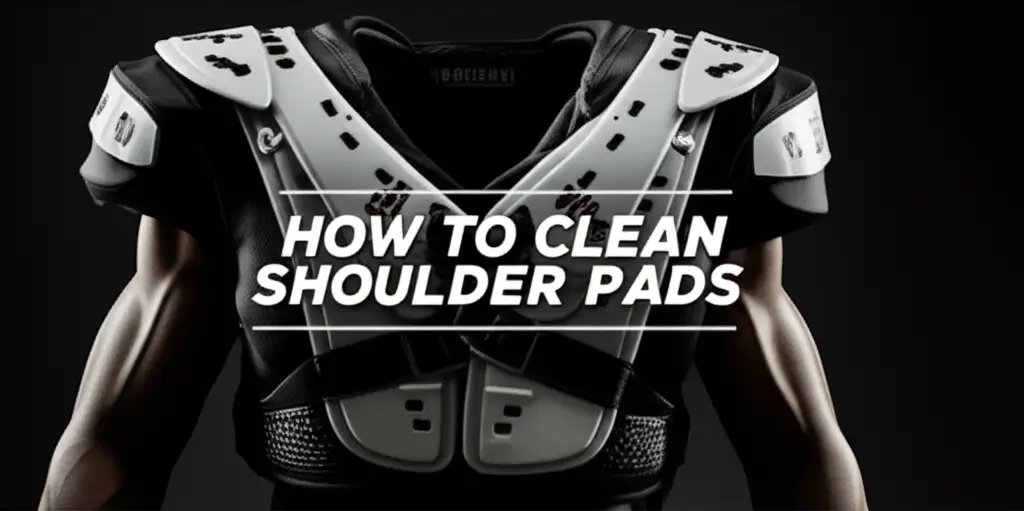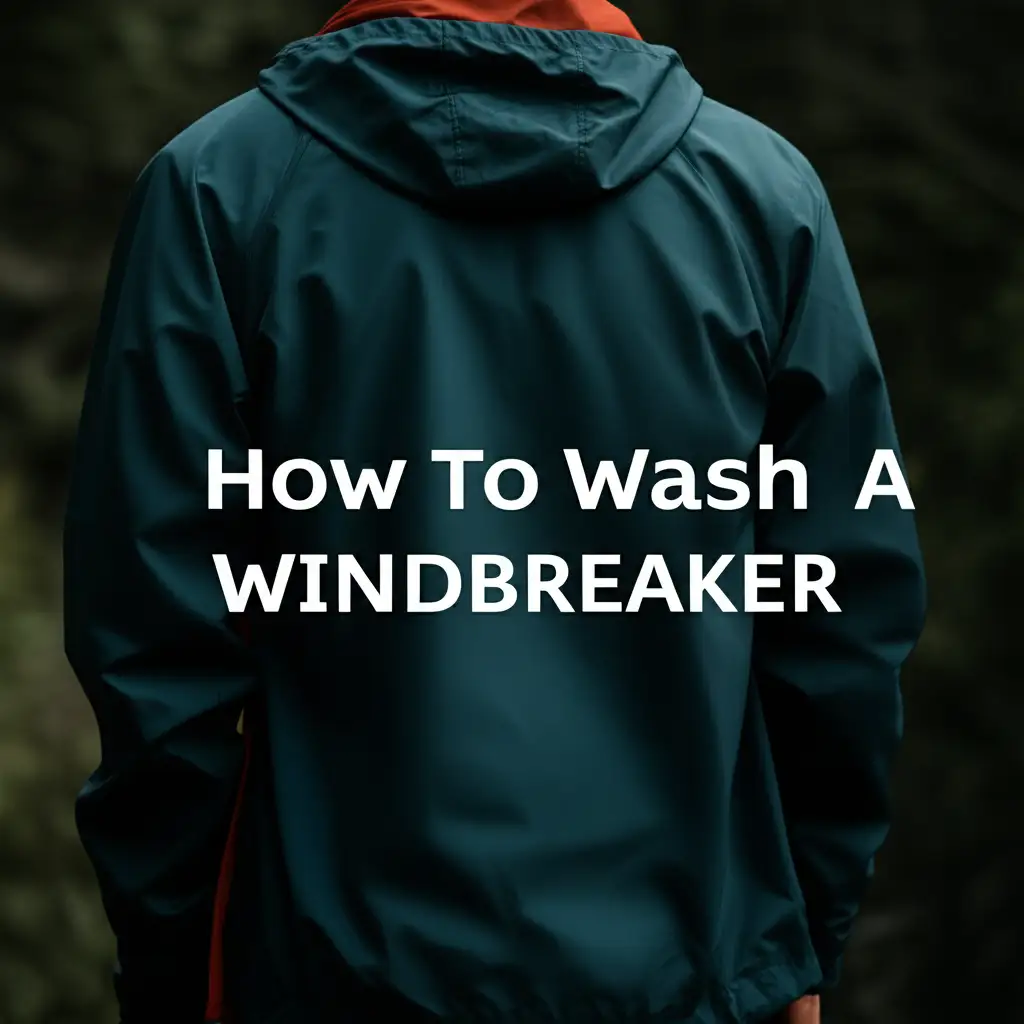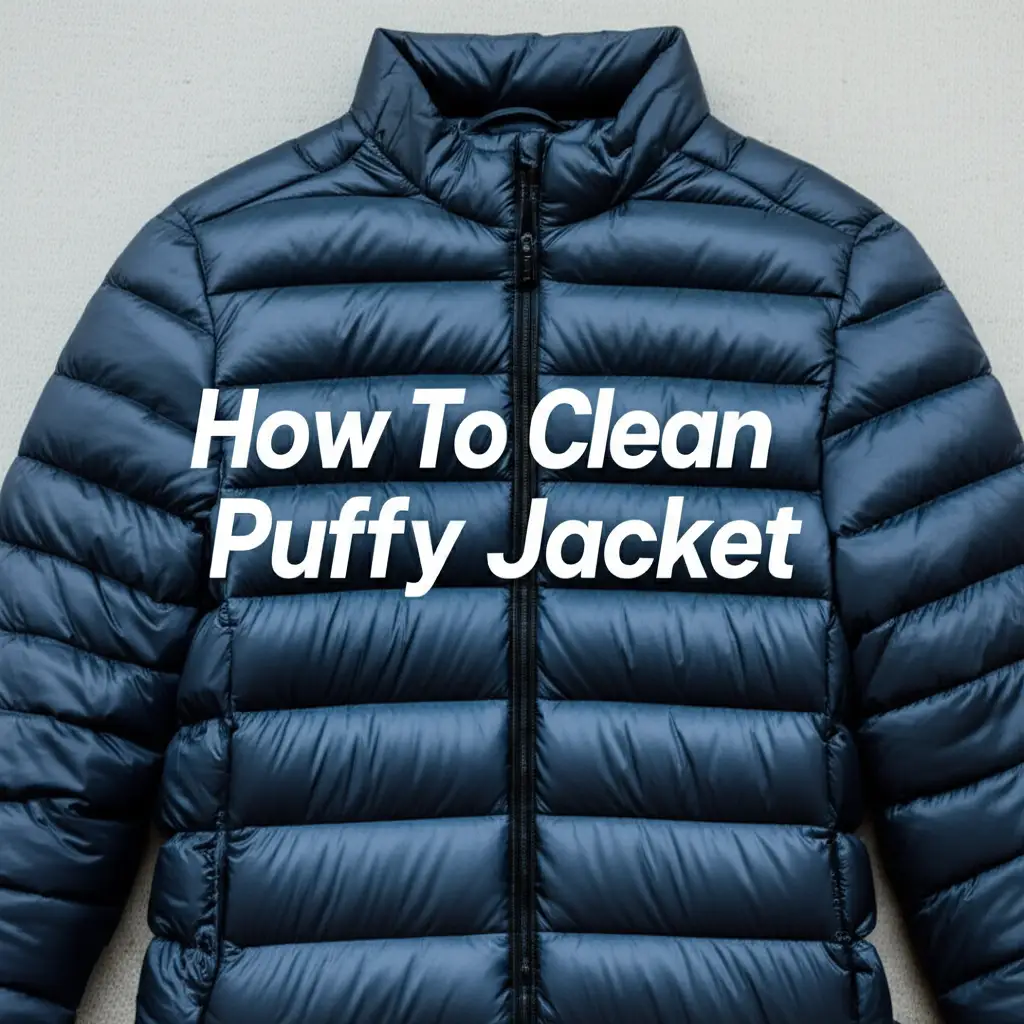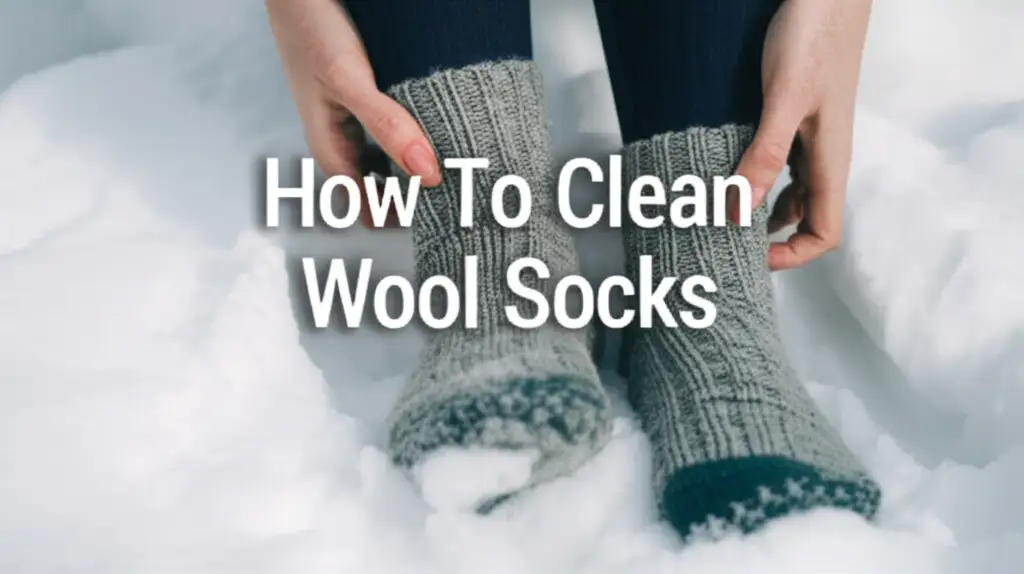· Apparel Care · 8 min read
How To Clean Shoulder Pads

How to Clean Shoulder Pads: Your Ultimate Guide
Have you ever noticed a faint, lingering odor coming from your favorite blazer? Or perhaps your sports gear carries a scent that just won’t quit? Often, the culprit is the humble shoulder pad. These unsung heroes absorb sweat and dirt, keeping your garments structured and comfortable.
Over time, shoulder pads can accumulate grime, odors, and even mildew. Cleaning them properly is important for hygiene and to extend the life of your clothes or gear. Many people wonder if cleaning shoulder pads is even possible without damaging them. It is. I am here to guide you through the process. This article covers how to clean shoulder pads from various items, from delicate blouses to heavy-duty sports equipment. We will explore different methods tailored to specific materials and types. By the end, you will know how to keep your shoulder pads fresh and clean.
Takeaway
- Identify the shoulder pad material and type before cleaning.
- Always test cleaning solutions on a hidden area first.
- Hand wash delicate pads and most fabric-covered pads.
- Use appropriate cleaners for sports gear to tackle sweat and odor.
- Thoroughly air dry all shoulder pads to prevent mildew and damage.
How do you clean shoulder pads?
To clean shoulder pads, first identify their material and whether they are removable. Most fabric or foam pads require gentle hand washing with mild soap and cool water. Sports gear pads may need a deeper soak with an enzymatic cleaner. Always air dry completely to prevent mildew.
Understanding Different Shoulder Pad Types
Shoulder pads come in various forms, each designed for a specific purpose. Recognizing the type of pad you are cleaning is the first step toward effective care. Different materials require different cleaning approaches. Understanding these differences prevents damage and ensures a thorough clean.
Fabric Shoulder Pads in Clothing
Many blazers, coats, and dresses feature fabric-covered shoulder pads. These pads often contain felt, foam, or layers of cotton batting. They are typically sewn into the garment lining. This makes them less accessible for direct cleaning. These pads are prone to absorbing body oils and sweat. Gentle cleaning methods are important here. You must avoid harsh chemicals that could damage the fabric or the pad’s structure.
Sports Gear Shoulder Pads
Sports equipment, like football or hockey pads, contains robust shoulder pads. These pads are designed for protection. They often feature dense foam, plastic inserts, and durable synthetic fabric covers. Sports pads collect a lot of sweat, dirt, and bacteria. This leads to strong odors. They need powerful cleaning solutions that can break down organic matter. Despite their tough exterior, proper drying is still critical to prevent degradation and mildew.
Bra and Swimwear Shoulder Pads
Some bras and swimsuits include small, removable or sewn-in shoulder pads. These are usually made from delicate foam or lightweight batting. They aim to provide shape or prevent strap digging. These pads are very delicate. They are susceptible to tearing or losing shape if handled roughly. Mild detergents and gentle hand washing are necessary. These pads absorb body oils and chlorine from swimwear. Careful cleaning keeps them hygienic and extends their life.
General Principles for Cleaning Shoulder Pads
No matter the type, some universal rules apply to cleaning shoulder pads effectively and safely. Following these guidelines helps preserve the integrity of the pads. It also ensures a good cleaning outcome. Always think about the pad’s material and construction before starting.
Always Check Care Labels
For clothing items, always look for the care label first. It provides specific instructions for the garment. While the label might not detail shoulder pad cleaning, it offers clues about the fabric’s resilience. For sports gear, look for manufacturer guidelines. If the pads are integrated, the garment’s cleaning instructions often apply to the pads too. Ignoring these labels can lead to irreversible damage.
Spot Testing is Essential
Before applying any cleaning solution, test it on a small, hidden area of the pad. This step helps confirm the solution will not cause discoloration or damage. Apply a small amount of the cleaner. Let it sit for a few minutes. Then, blot it with a clean cloth. If there is no adverse reaction, you can proceed with confidence. This simple test prevents unexpected problems.
Opt for Gentle Cleaners
Harsh chemicals, bleach, and strong detergents can break down the materials in shoulder pads. They can also cause discoloration or structural damage. Always choose mild, pH-neutral soaps. Delicate laundry detergents or specialized sports gear cleaners are good choices. For stain removal, consider natural alternatives like baking soda or vinegar. These are effective yet gentle on most materials.
Air Drying is Key
Machine dryers use high heat. This heat can warp foam, shrink fabric, or damage plastic inserts in shoulder pads. Always air dry shoulder pads. Ensure good air circulation. You can place them on a drying rack or hang them up. Proper drying prevents mildew growth and preserves the pad’s shape. It is a critical step that many people overlook.
How to Hand Wash Fabric Shoulder Pads
Hand washing is often the safest and most effective method for cleaning fabric-covered shoulder pads. This applies to those found in blazers, jackets, or dresses. This method prevents damage that machine washing can cause. It ensures a thorough, gentle clean. My approach focuses on care and precision.
Preparation and Pre-Treatment
First, determine if the shoulder pads are easily removable. Some are attached with loose stitches. If you can remove them, do so carefully. This allows for more direct cleaning. If they are sewn in, you will need to clean them while they are still in the garment. For integrated pads, consider spot cleaning or cleaning the entire section of the garment. Before washing, gently brush away any loose dirt or debris. For visible stains, apply a small amount of mild detergent directly to the stain. Let it sit for a few minutes.
Gentle Hand Washing Process
Fill a clean basin or sink with cool or lukewarm water. Add a small amount of mild laundry detergent. Gently submerge the shoulder pads, or the section of the garment containing them. Squeeze the pads gently to allow the soapy water to penetrate. Avoid twisting, scrubbing, or harsh agitation. This can deform the pads. Let them soak for about 15-20 minutes for a deeper clean. The soaking helps lift dirt and odors without excessive handling.
Rinsing and Drying
After soaking, drain the soapy water. Refill the basin with clean, cool water. Rinse the pads thoroughly by gently squeezing them. Repeat the rinsing process until no soap suds remain. This ensures all detergent is removed. Excess detergent can stiffen the pads or attract new dirt. Once rinsed, gently press out as much water as you can. Do not wring or twist. Lay the pads flat on a clean towel. Roll the towel and press to absorb more moisture. Then, place the shoulder pads on a clean, dry surface or a mesh drying rack. Ensure good air circulation. Allow them to air dry completely. This can take 24-48 hours. Drying completely is very important to prevent mildew.
Cleaning Sports Gear Shoulder Pads
Sports equipment endures extreme conditions. This means its shoulder pads collect significant sweat, bacteria, and grime. Proper cleaning is important for hygiene and to prevent unpleasant odors. My focus for these pads is on deep cleaning and deodorizing. You need methods that can handle tough challenges.
Submersion Method for Deep Cleaning
For detachable sports shoulder pads, a full submersion method works well. Fill a large tub or utility sink with cool or lukewarm water. Add a specialized sports gear detergent or an enzymatic cleaner. These cleaners target sweat, body oils, and bacteria. Follow the product instructions for the correct amount. Submerge the shoulder pads completely. Allow them to soak for at least 30 minutes, or longer for very soiled pads. Some prefer an overnight soak. Gently agitate the pads every so often. This helps loosen dirt.
Tackling Tough Odors and Stains
After soaking, scrub any visibly dirty areas with a soft brush. Pay attention to seams and crevices where grime hides. For persistent odors, a solution of white vinegar and water can be effective. You can soak the pads in a 1:1 vinegar-water solution after washing. This helps neutralize bacteria that cause smells. Alternatively, apply a paste of baking soda and a little water to stubborn stains. Let it sit before rinsing. For tough, persistent odors and potential mold issues from improper drying, understanding tackling mold with vinegar can offer additional insights into using vinegar as a deodorizer and disinfectant.
Rinsing and Air Drying Sports Pads
Rinse the pads thoroughly under cool, running water. Squeeze out all the soapy water. Ensure no residue remains. Press out excess water. Do not twist or wring the pads, as this can damage them. Place the pads in a well-ventilated area to air dry. If possible, hang them or use a fan to speed up drying. Ensure all foam, padding, and fabric are completely dry. This prevents mildew and extends the life of the gear. Sunlight can help sanitize and deodorize, but direct, intense sun can degrade some materials over time.
Caring for Bra
- shoulder pads
- cleaning tips
- apparel care
- sports gear cleaning
- jacket cleaning
- bra cleaning
- odor removal




